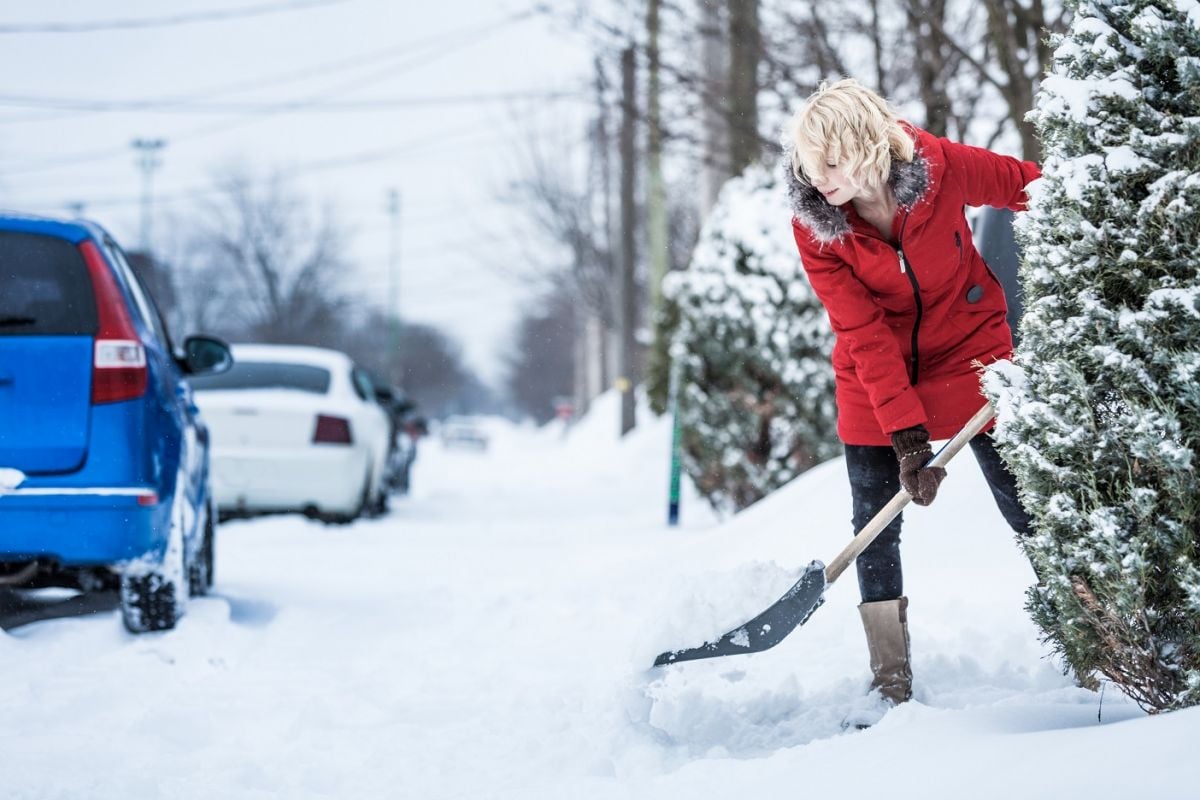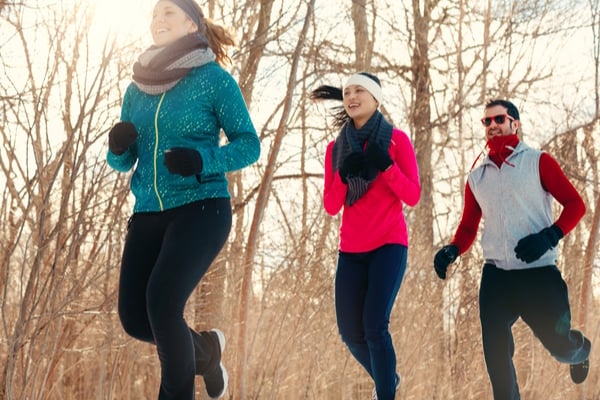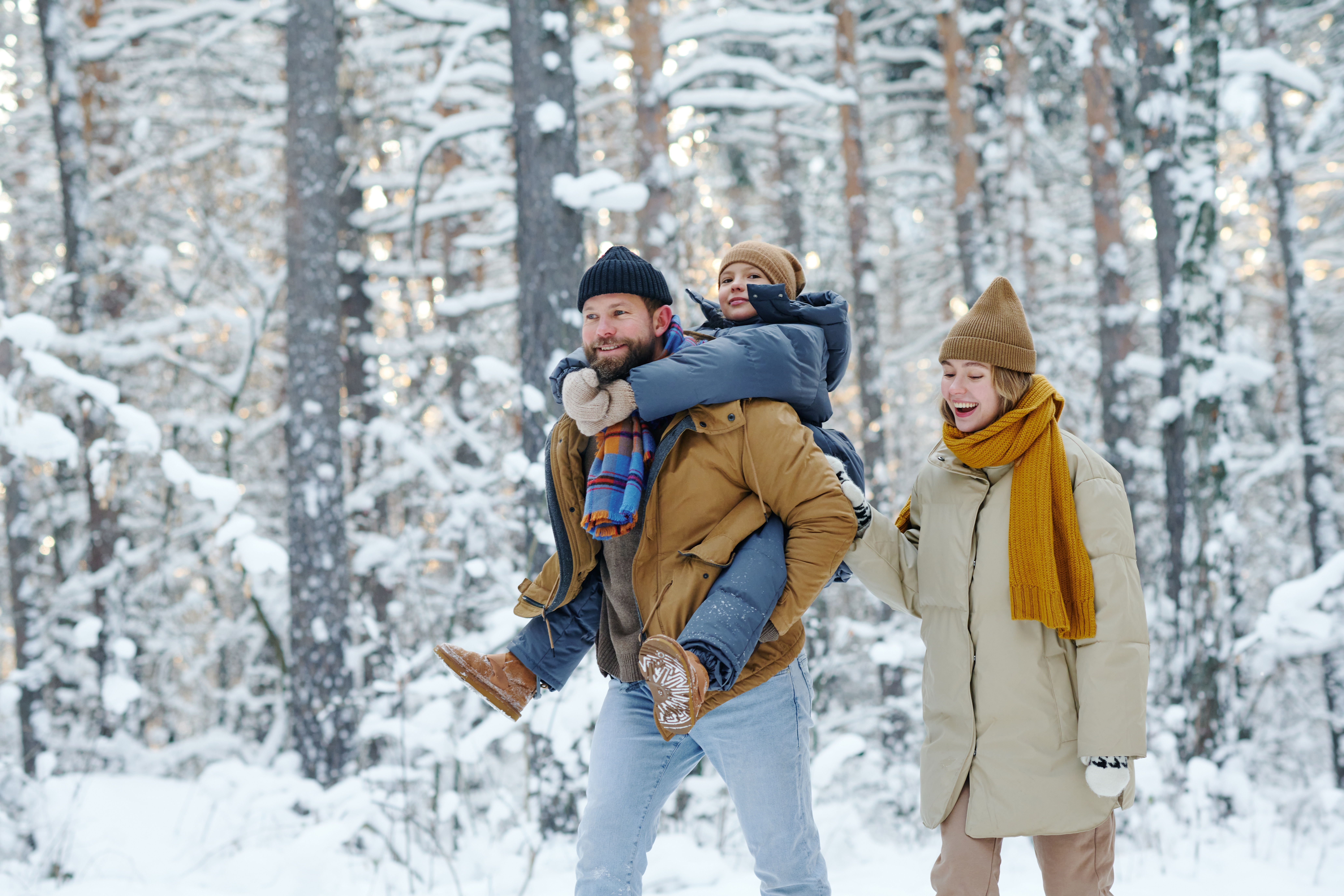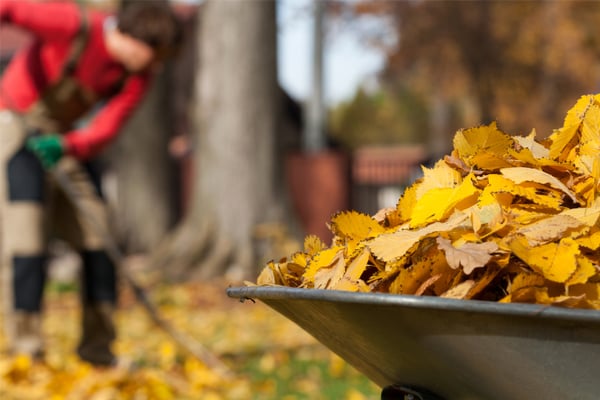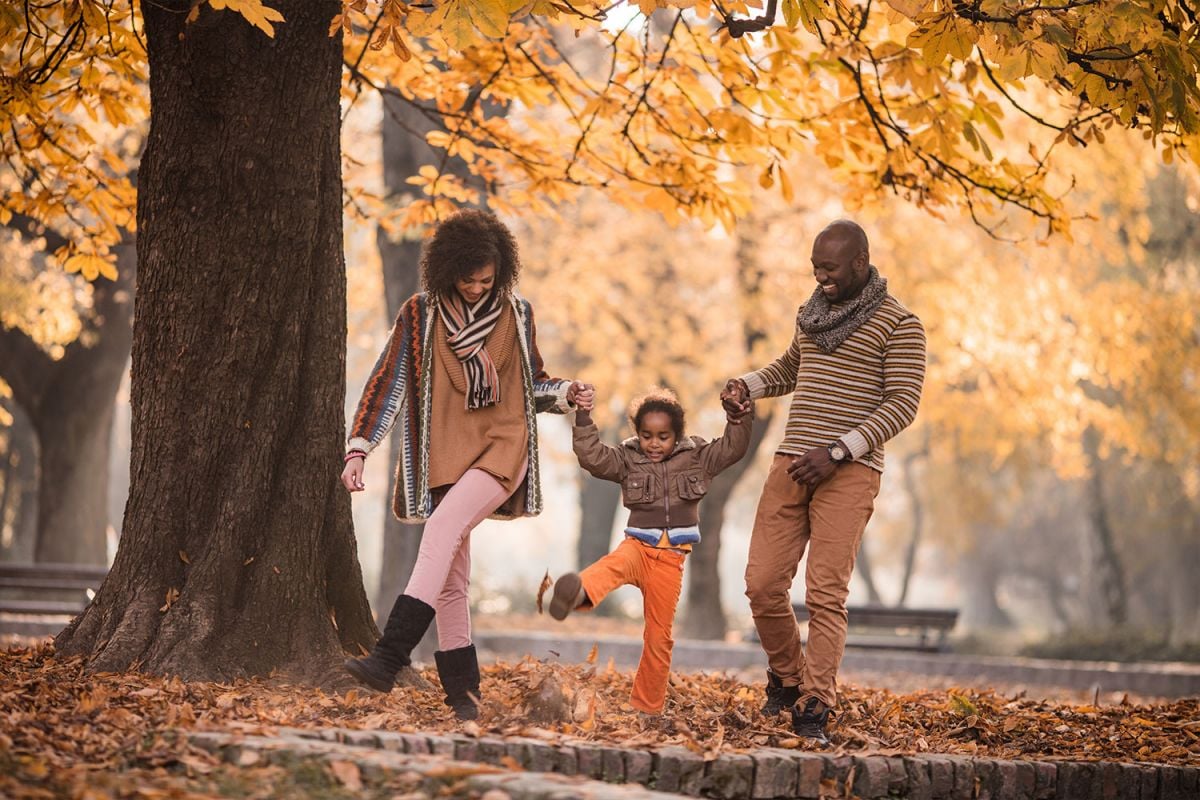
Tips for happier hips
Pain on the outer side of the hip is very common, even more so since the beginning of the pandemic. Common pandemic factors that may be contributing to hip area musculoskeletal pain are: working from home and reduced walking or activity levels and in some cases, increased activity level or adopting of different activities, such as outdoor walking and running. Let us look at how these interplay and what you can do to alleviate discomfort.
What could be causing your hip area discomfort?
In day to day life, people in general are moving a lot less than they used to. They are combining errands, ordering online, and working from their home offices. They are no longer walking or commuting to work, meeting friends for drinks, or going out to museums or sporting events – resulting in less overall movement and more time spent indoors than ever before.
Many fitness facilities, gyms, and classes have been restricted or canceled due to the pandemic. As such, many people have adapted their fitness or wellness routines and increased their outdoor walking and running, potentially contributing to the development of hip pain.
Pain on the outer side of the buttock and hip is often diagnosed as GTPS, or Greater Trochanteric Pain Syndrome. This area of pain used to be commonly called bursitis, but we now know there is more to this problem than an inflamed bursa. Research shows that behind the hip pain symptoms there are unhappy hip tendons, a condition called gluteal tendinopathy. Why are these tendons unhappy? Not enough movement, weak muscles from not enough exercise and/or overload to the tendons (i.e. too much exercise or the wrong exercise), each of which may contribute to development or exacerbation of this problem. Research also shows that one of the key contributing factors is likely compression of this area, often imparted by less than ideal sitting postures (ankle crossing, leg under buttock) and/or poorly fitted office chair seats. Avoiding or removing these compression components can often go a long way to settling pain symptoms.
Key points to focus on
Avoid bringing your knee across the midline of your body. So – at that casual home office- avoid crossing your legs. Avoid sitting or lying on the couch with your knees dropped to one side. You may have been doing a stretch you were taught for your hip or knee pain (your iliotibial band), with one leg crossed behind the other, that might be contributing to the problem.
Get up and move frequently. When standing, stand with feet shoulder width apart and weight equally on both legs. Do not jut out your hip.
Review your exercise program. When walking and running, shorten your stride and land softly. Stay tall through your spine and pelvis, and use trunk and strong leg muscles to absorb your body weight during stance phase.
If you have significant hip pain which limits your activity or your sleeping, book an appointment with your health care practitioner. Current research clearly shows that GTPS responds well to exercise and education, and as such can be greatly helped with virtual care.
